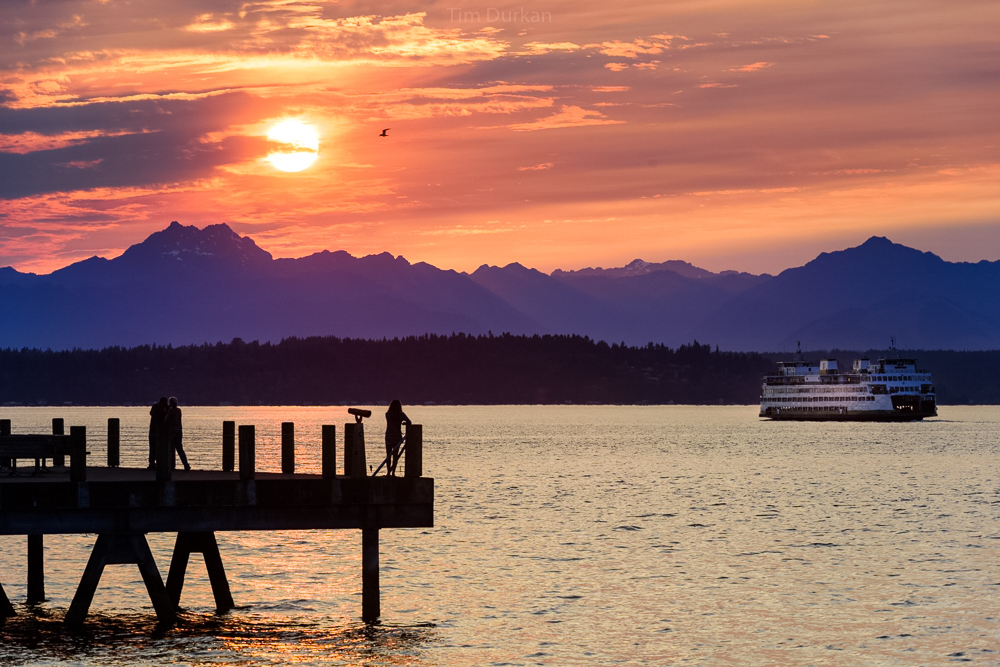
Sometimes we talk nerd.
From time to time, we SDOTTERS have been known to speak in some really ridiculous technical nerd transportation speak that resembles what most would think might be an alien language? but really – English. During our #WinterWeatherResponse, our operations team go full throttle with strange words that may or may not mean anything to some who just wants to know what the heck is up with your wonderfully plowed PBLs (protected bike lanes)!?
Psst, we’ve plowed our city’s fabulous bike lanes! See where we’ve been here.
We don’t mean to, Seattle! So to #justdobetter (haha!) and in an effort to speak more clearly, and also help you up your snow response lingo game, we’ve curated an assortment of familiar and not-so-familiar words to de-code SDOT operations update.
We know you’re secretly a nerd at heart. So – here – you – go.
Salts 101:
Anti-icing
Anti-icing is an application of enhanced (we’re so fancy) salt brine (Magnesium Chloride, defined below) to specified city streets when a winter weather event is forecasted. Anti-icing is the pre-treatment snow crews use to prevent ice from bonding to the pavement and allows for easier removal.
Brine
Brine is a mix of rock salt and Magnesium Chloride, dissolved in water and sprayed on the road as anti-icing or pre-wetting measures.
De-icing
De-icing is an application of salt on top of snow and/or ice after it has accumulated. De-icing accelerates the melting of snow and ice that has already accumulated on city streets.
Magnesium Chloride
Magnesium Chloride is the newest de-icing salt. It continues to melt snow and ice until the temperature reaches -13 F. The salt releases 40 percent less chloride into the environment that either rock salt or Calcium Chloride.
Snow Routes 101:
Gold Routes
We established service level goals within our 2018-2019 Snow and Ice Plan. Gold Routes provide regional connections. Our main goal with Gold Routes is to achieve wet and bare pavement for all travel lanes within 12 hours of a significant lull in the storm.
Fun fact: Approximately 476 lane miles of Gold Level streets are located within the city.
Emerald Routes
Emerald routes provide citywide connections. Our Emerald Route goal is to plow and maintain snow and ice-free pavement for one lane in each direction within 12 hours of a significant lull in the storm.
Fun fact: Approximately 650 lane miles of Emerald Level streets are located within the city.
Check out the winter weather response map to see all the Emerald and Gold routes and get the inside scoop on Seattle’s snow and ice street network.
Snow Equipment 101:
Grader
A grader is a vehicle that plows, like the one pictured above.
Skid Steer
A skid steer is a smaller plowing vehicle for tight areas like protected bike lanes (PBLs). Big shout out to our partners at the Seattle Department of Parks and Recreations who are helping our amazing transportation crews clear PBLs!
Plows
A plow is a general term for all plowing vehicle equipment.
Snowblower
A snow blower is a machine that clears fallen snow by blowing it to the side.
Hand Crews
Hand crews are people who shovel snow by hand (thank you hand crews!)
Boom – there you have it! We dub thee a transportation nerd!
###


